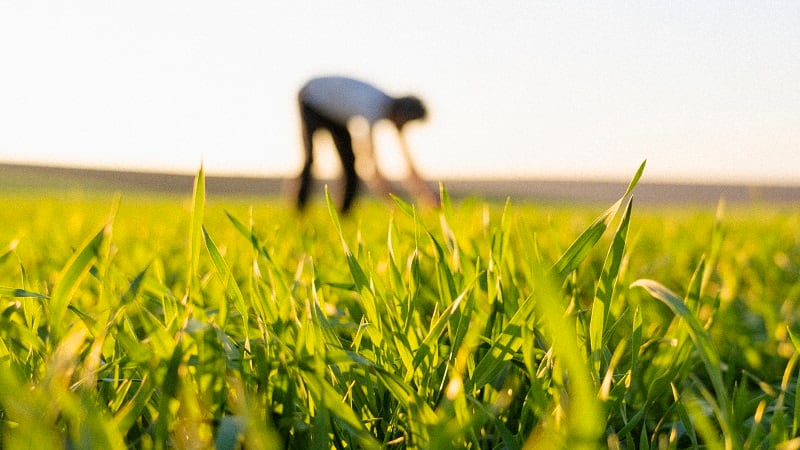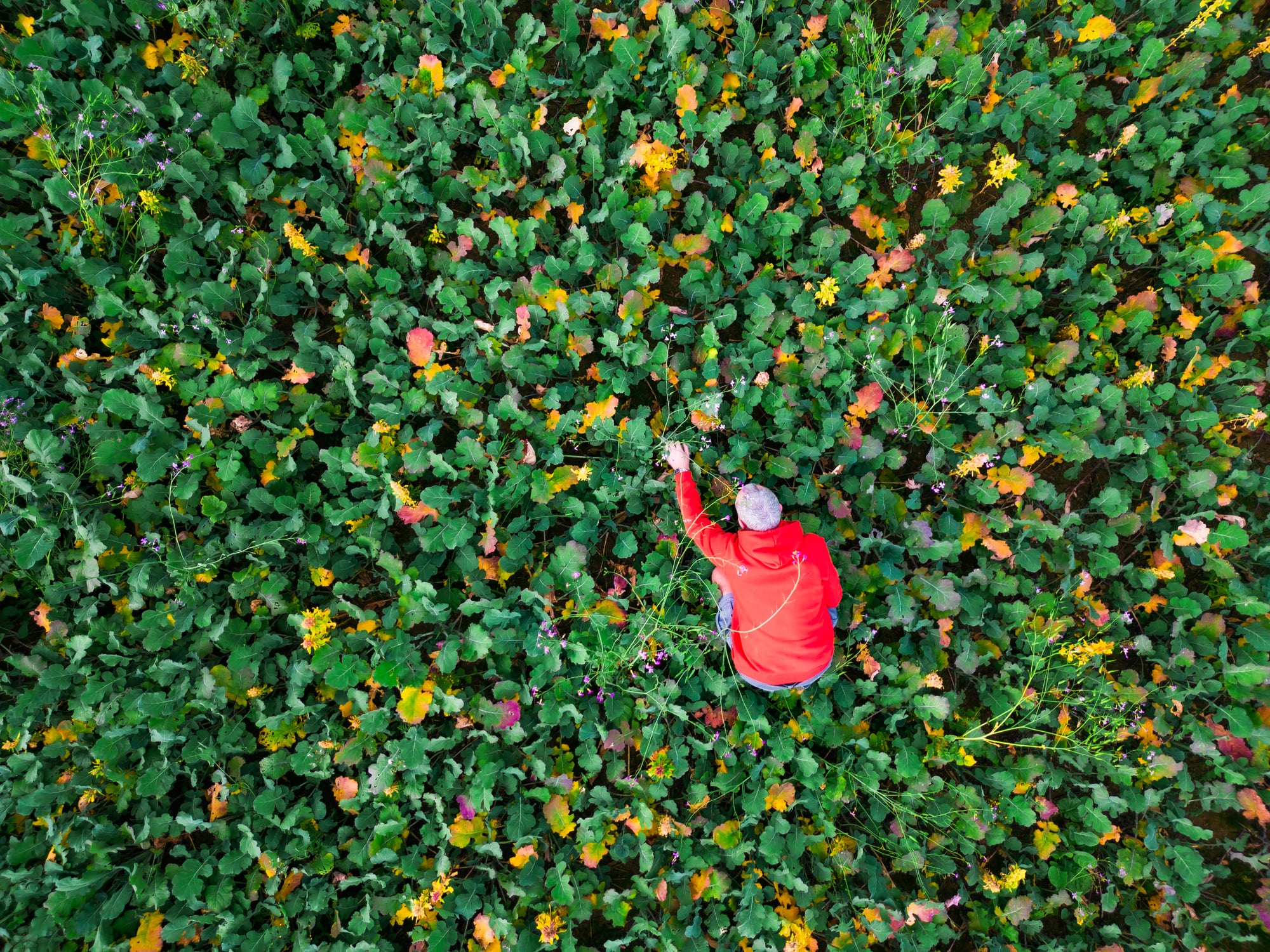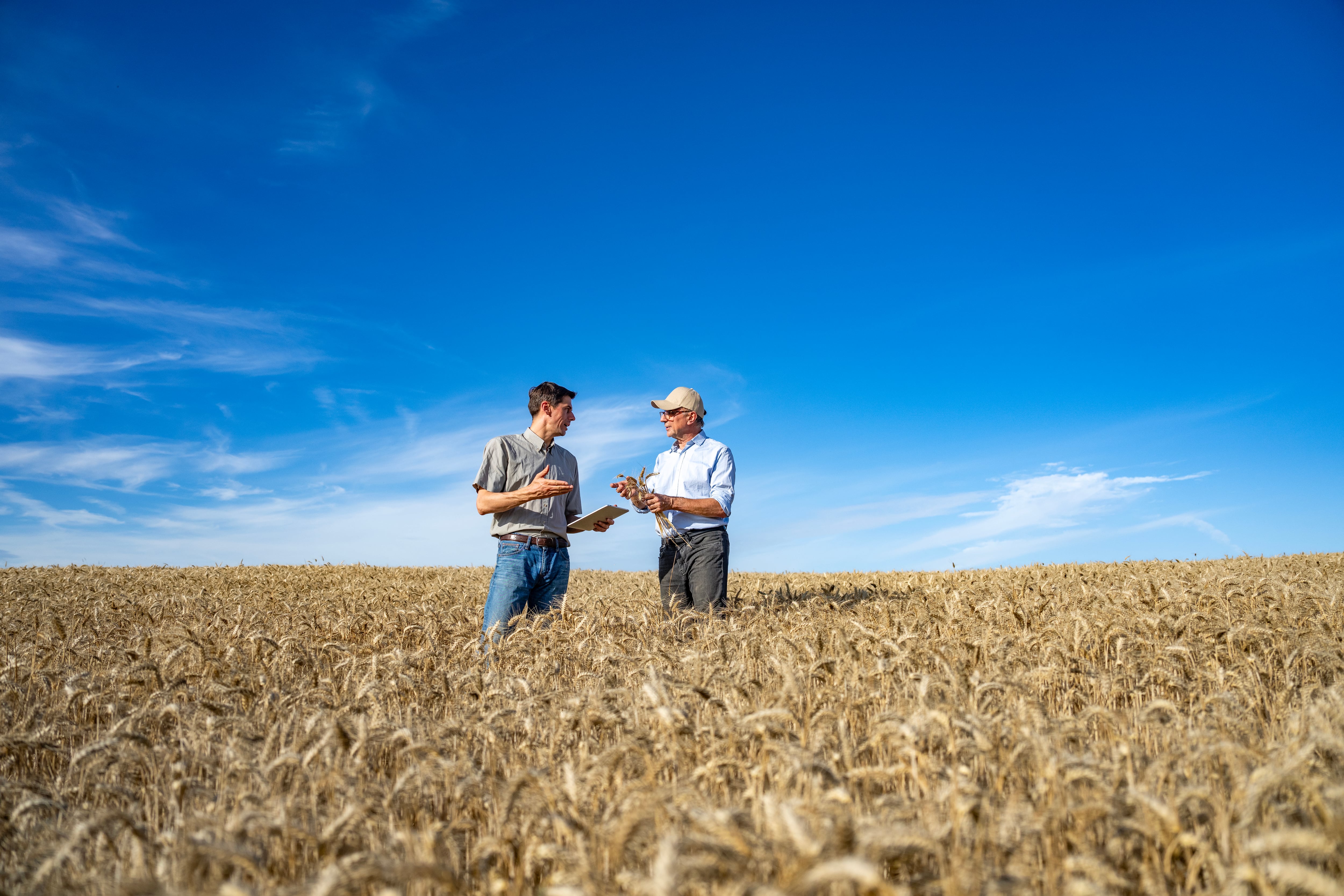US farmers operating with tight margins are struggling to make proper investments in sustainable agriculture practices and technologies, but recent regulations could change that dynamic, allowing growers to make the green switch, according to a recent Rabobank report.
Nearly half of 700 farmers are struggling to make sense of the economics of sustainable efforts, according to a survey that is part of Rabobank’s latest report on sustainable ag.
Additionally, only 19% said they have no issue implementing sustainable ag practices into their business, while 54% of growers focus on “long-term, generational success” when discussing their sustainability goals, Rabobank added.
Adopting sustainable agriculture practices, whether that be ag biologicals or cover crops, comes with financial and operational risks, Eric Gibson, crop production, sustainability analyst at Rabobank and author of the report, told AgTechNavigator.
For instance, in the case of adopting no-till planting, growers might find it difficult to incorporate some manures into their fields, and they might become more dependent on herbicides, Rabobank stated in the report.
“If you are planting a cover crop, you have seed, you have potential need for additional fertilizer to terminate that cover crop. It might be the herbicide cost. And then you talk about your time and wear and tear, or additional investments and equipment. So that is always the first thing a farmer is considering — what is this going to cost me just to make it happen?” Gibson elaborated.
Support gaps make sustainable ag harder
A number of programs and services that assist farmers are not designed to manage the risks associated with sustainable farming, Gibson shared in the report.
For instance, diversifying farm operations for sustainability benefits — like by adding livestock — could cut into crop revenue and reduce eligibility to various programs, he said. Additionally, crop insurance is built on a farm’s annual production history, and if a switch in practice leads to a lower yield, that can reduce the support that they receive, he added.
Can the One Big Beautiful Bill boost sustainable ag?
The Trump administration’s landmark legislation — OBBBA — offers additional support to the agriculture industry through a variety of provisions, but time will tell if the money changes growers’ risk calculus of adopting sustainable agriculture practices, Gibson noted.
In the OBBBA, “you had increases in reference prices. You had improved economic support for crop insurance. Just across the board, there were a lot of boosts for the farm safety net and some of the corresponding programs,” Gibson said.
However, “the industry would have liked some additional funds in some of these areas. ... Specialty crops, for example, they often do not receive the same crop insurance support as a grain or oilseed,” Gibson added.
Market research firm PitchBook also analyzed the OBBBA and found that the legislation primarily benefits larger growers, which will make it harder for small- and medium-sized farmers to adopt sustainable agtech, AgTechNavigator previously reported.
Legislation like the US Farm Bill, which Congress is currently drafting, could also create sustainable ag incentives, Gibson noted.
Other broader government and consumer trends, like Secretary of Health and Human Services Robert F. Kennedy’s Make America Healthy Again movement — which prioritizes eating whole, natural, and unprocessed foods — could bring more attention to regenerative agriculture, Gibson shared in the report.




